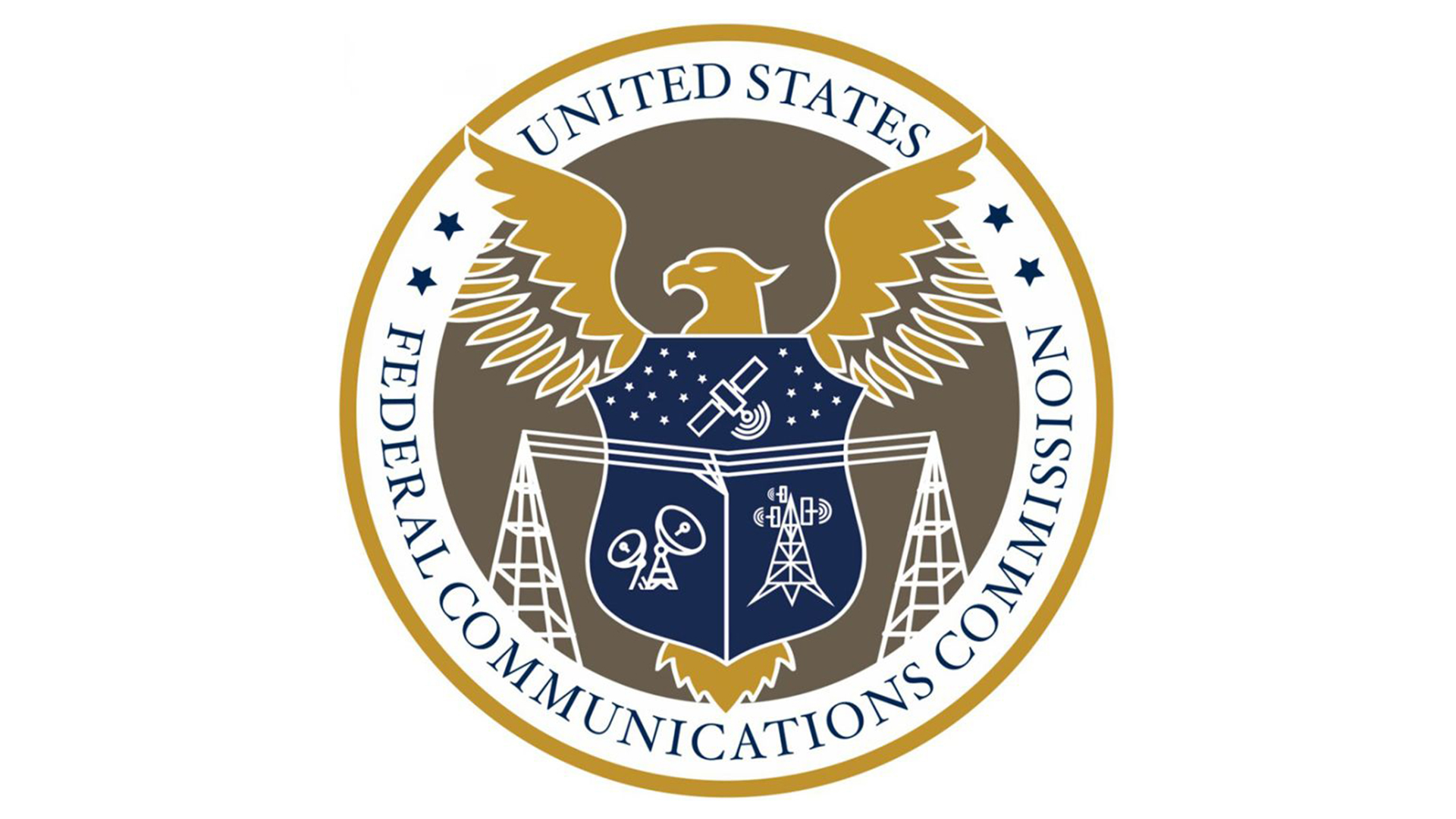FCC Doubles Down on OTT as Cable Competition
Agency grants Cox, Comcast 'effective competition' petitions

The FCC has granted Cox and Comcast petitions for "effective competition" determinations in a number of Massachusetts counties, citing over-the-top service AT&T Now as the effective competitor.
In October 2019, the FCC made its first determination that over-the-top streaming video service was a competitor to cable systems in local markets, granting an effective competition petition from Charter in Massachusetts also citing AT&T Now (formerly DirecTV Now).
Also Read: FCC Says OTT is Effective Competition
A finding of effective competition lifts basic-cable price regulation, which has now been eliminated in all but a handful of systems thanks to the ubiquity of satellite service. Cable operators deemed subject to effective competition also do not have to provide broadcast TV signals on the basic tier, though they still do.
Comcast and Cox then followed suit with their own petitions, citing the Charter precedent.
"Comcast and Cox, however, have reasonably demonstrated that AT&T TV NOW can and does reach consumers in the Franchise Areas either with their affiliated broadband Internet access service or that of a competitor," the Media Bureau said in granting the petitions.
The Charter decision did not stop the State of Massachusetts from opposing the Cox and Comcast petitions.
The smarter way to stay on top of the multichannel video marketplace. Sign up below.
Classifying as 'effective competition' a non-facilities-based video service like AT&T TV Now, which requires the broadband facilities of a third party like Cox to get its video to its customers, would undermine the commission’s policy goal of encouraging facilities-based investment and limiting regulation of the internet," the state argued.
Following that logic Disney Plus and Netflix and others would not meet the definition of video service competition to traditional cable, even though they are clearly pulling eyeballs away from both day-and-date and VOD cable content.
Netflix certainly doesn't see it that way. In a 10-K filing it said its competition includes MVPDs, and points out that it has more than 167 million paid subscribers.
While the FCC prefers facilities-based competition, it does not exclude non-facilities-based competitors from the regulatory conversation in other areas. For example, it approved the T-Mobile-Sprint deal in part because Dish gets to run the companies' spun-off prepaid wireless business, which still requires Dish to use the Sprint and T-Mobile facilities, as part of the effort to create a competitor to the merged wireless providers.
To avoid a return to basic cable regulations, cable operators are looking to establish the precedent that OTT video maintains the effective competition status of almost all systems today, and do so now, as cord-cutting continues to cut into subscriber counts for traditional competitors and as over-the-top becomes the video delivery system of choice for former satellite customers.
Cable companies fear that if the subscriber counts for DirecTV or Dish Network go south, local franchise authorities could cite that as a reason they were no longer subject to effective competition and reinstate basic rate regulations.
The item raises the issue of just how the FCC should define OTT services beyond effective competition, and the specter of subjecting them to the same regulatory regime, such as program-access and program-carriage rules.
Contributing editor John Eggerton has been an editor and/or writer on media regulation, legislation and policy for over four decades, including covering the FCC, FTC, Congress, the major media trade associations, and the federal courts. In addition to Multichannel News and Broadcasting + Cable, his work has appeared in Radio World, TV Technology, TV Fax, This Week in Consumer Electronics, Variety and the Encyclopedia Britannica.

